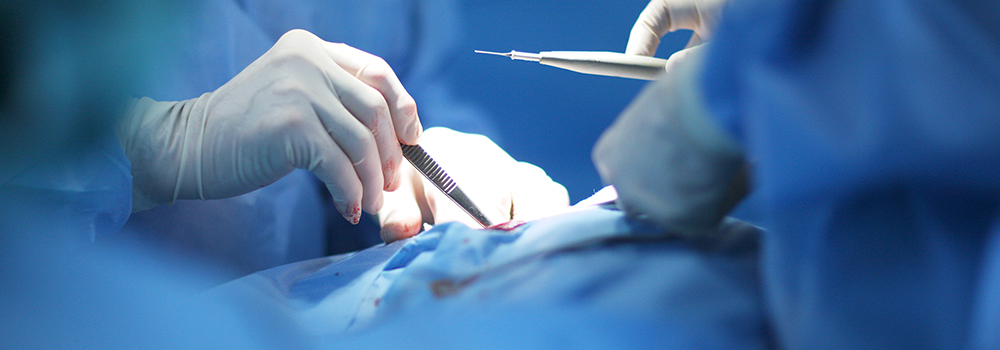Department Introduction
Trauma & Acute care Surgery | Excellence
:::

Excellence
Our traumatic center has established protocols for diagnosis and treatments to be as efficient as possible. The standard treatment procedures currently in place include:
- hemorrhagic shock caused by pelvic fractures, cranial fractures, ruptured liver, or splenic rupture;
- abdominal contusion and visceral injury;
- multi-traumatic limbs disposal; and;
- the use of computerized tomography on patients with traumatic head injuries.
In addition to trauma, the center also specializes in emergency treatment of abdominal surgery, such as appendicitis, acute cholecystitis, intestinal obstruction, peptic ulcer perforation, peritonitis and so on. In the past decade, minimally invasive surgery virtually replaced all traditional surgery. In addition to aesthetic reasons and rapid recovery of the wound, surgeons can see more clearly the operated area with the help of a high-end imaging system that has enlarging effects. Over 95% of acute appendicitis and acute cholecystitis are done with minimally invasive surgery. We also use it on other traumatic or non-traumatic diseases including acute cholecystitis, bile duct stones, gastric ulcer perforation, intestinal obstruction, intestinal adhesions, abdominal trauma, inguinal hernia, unknown abdominal pain, and incisional hernia.

We also use a number of new hemostatic technologies such as Harmonic ultrasonic knife. Unlike the traditional electric knife that uses high temperature cauterization method, the ultrasonic knife has better hemostatic effect, and the damage to the surrounding tissue is greatly reduced. The LigaSure tissue coagulator hemostasis system has low voltage but high electric current, which causes just slight burns to nearby tissues.
The use of above-mentioned hemostasis tools saves us much precious time because no time-consuming stitching is needed and the operation time is much shorter. The hemostasis is satisfactory and the risk of long-time anesthesia is reduced.
In 2016, the number of our trauma patients was 8,827, in which there were 624 severe trauma (ISS>=16) patients, about 22.1% of the total. The fatality rate of severe trauma patients was 8.8%, which was extraordinary compared to the U.S. Level 1 Trauma Centers’ average at 13.1-14.9%. This indicated we are a first-rate international trauma center.
The center won a Symbol of National Quality award on Dec. 23, 2008, with “Better trauma medicine for Taiwan – Focus, Professionalism, and Achievements.”
▲
